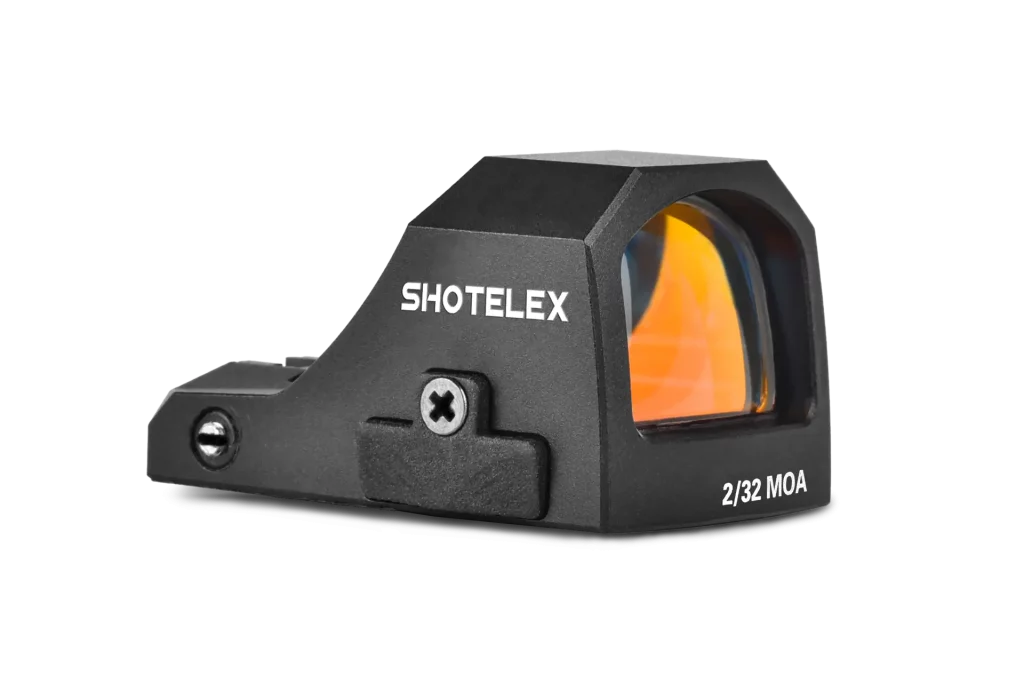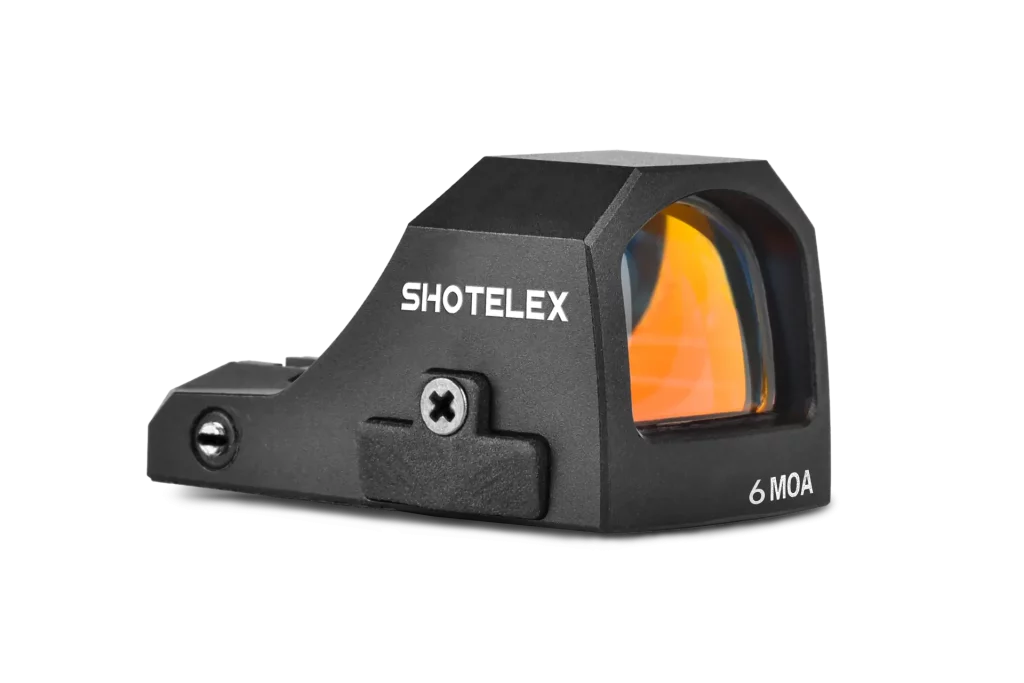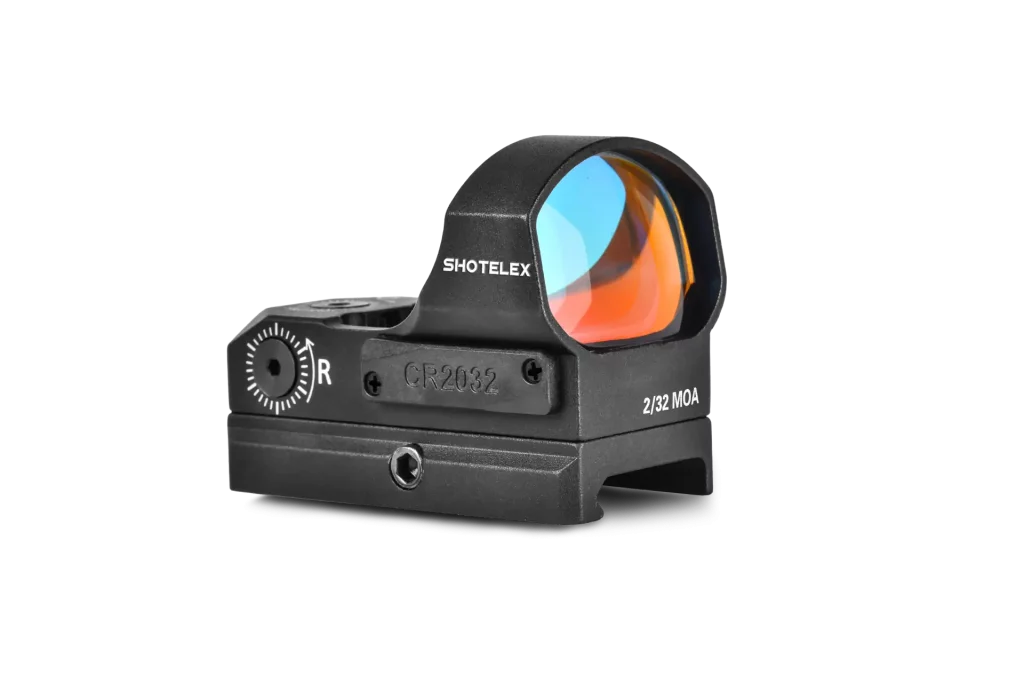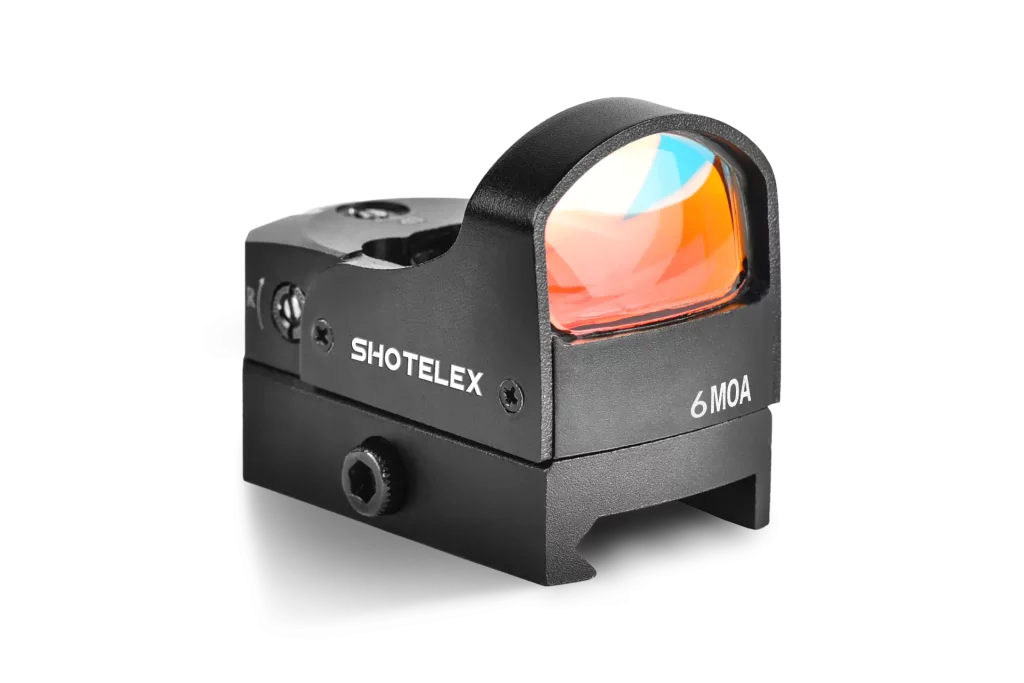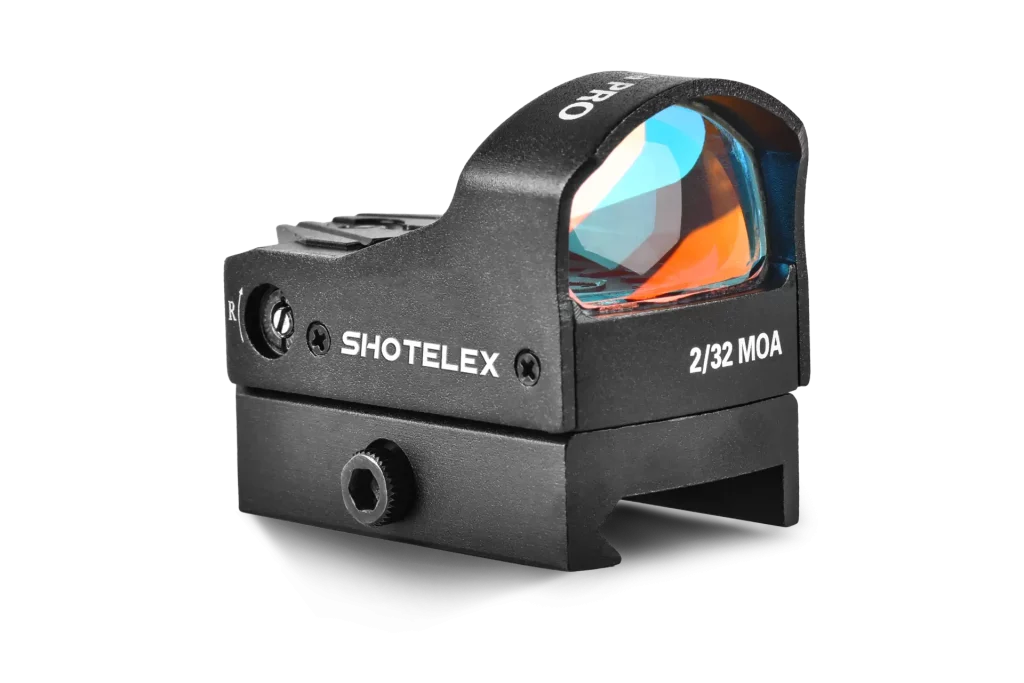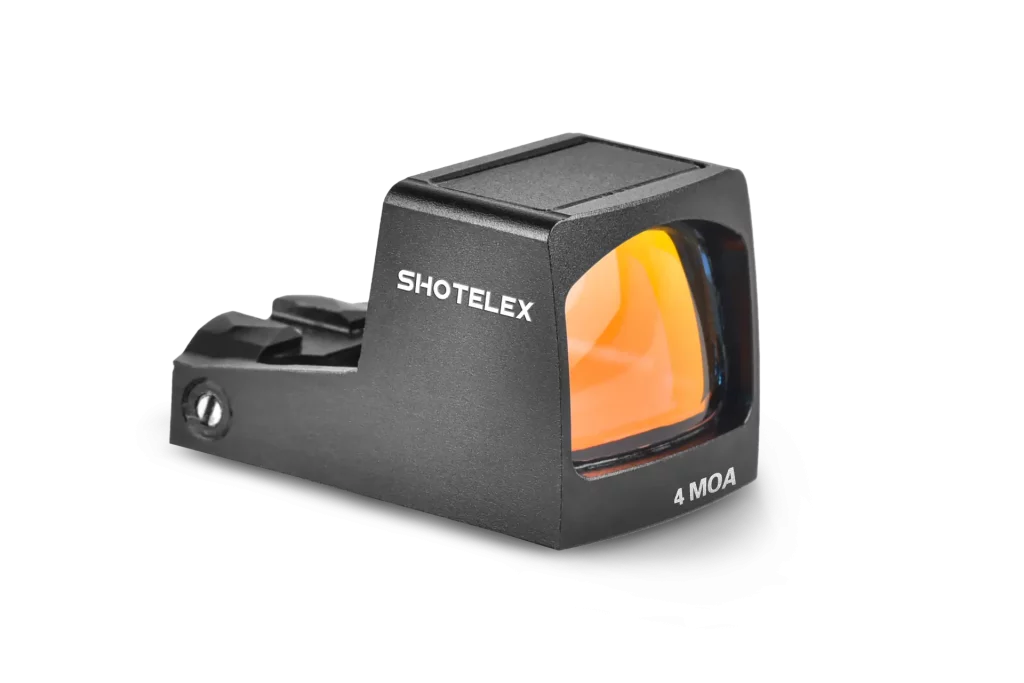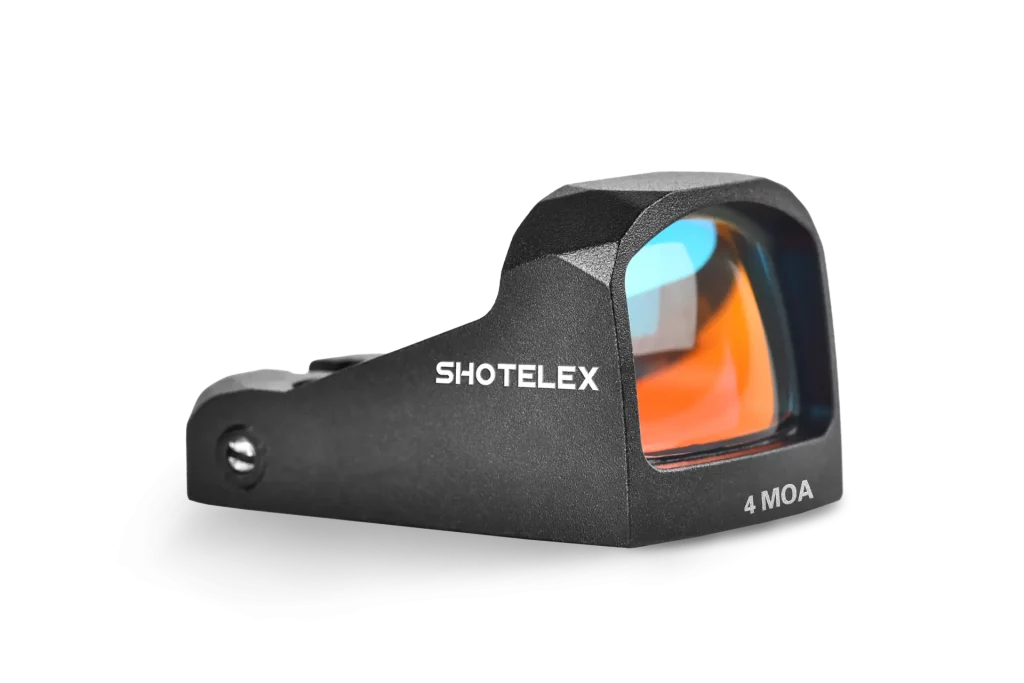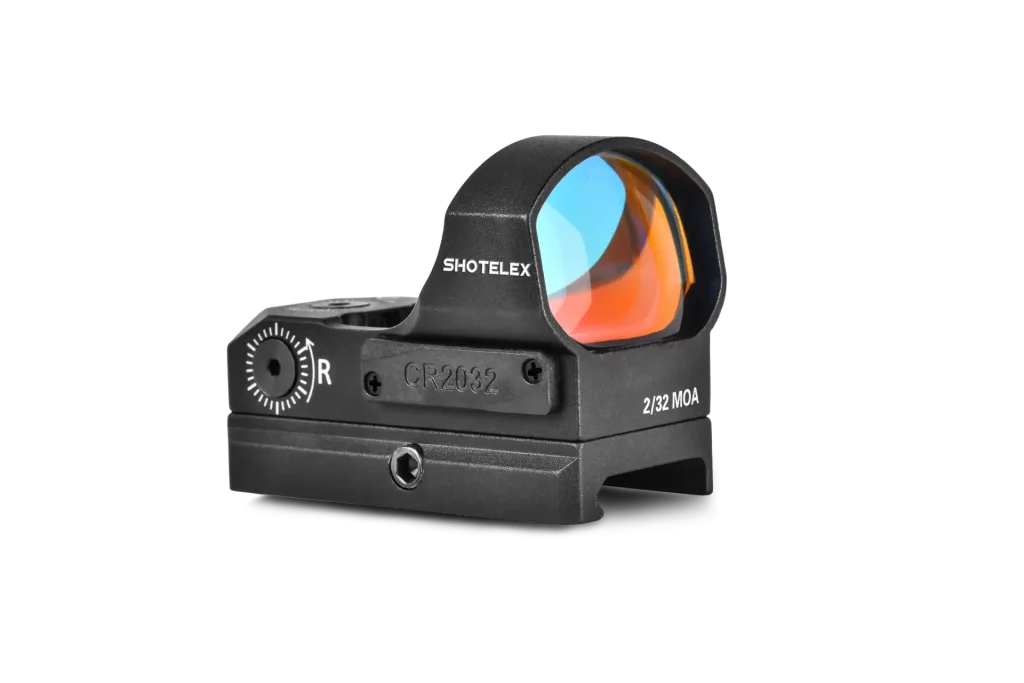Red Dot Sight Zoom Vs. Traditional Optical Sight: Which One Is More Suitable For Modern Shooting Needs?
In a shooting competition, the target is sometimes stationary and sometimes moving rapidly. You just aimed the scope at the fixed target in the distance. Before you could pull the trigger, a moving target suddenly shot out from the side. At this point, can the scope in your hand really help you react quickly and hit the target accurately? Many shooting enthusiasts have experienced similar moments of indecision, especially when choosing between the Red Dot scope zoom model and the traditional optical scope, which is a real headache. Today, let’s talk about which of these two types of scopes is more suitable for you.
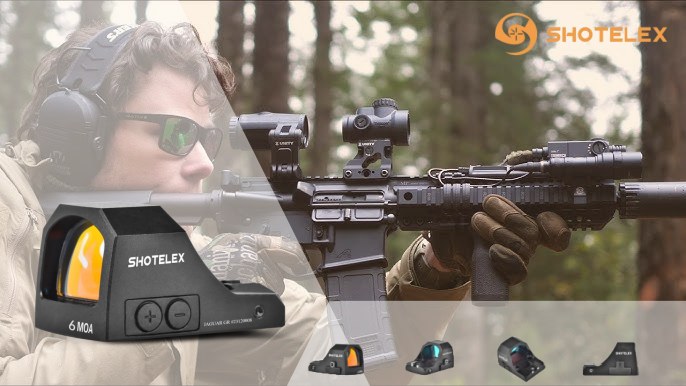
How Can Speed And Accuracy Be Achieved Simultaneously?
Many friends have joked with me: They want to quickly lock onto a moving target and also hope to hit every shot when shooting at a fixed target from a distance, but the scope in their hands can only focus on one end and not the other. In fact, this is one of the core differences between the Red Dot Scope Zoom model and the traditional optical scope.
Red Dot Scope Zoom: Fast Speed, But Has Shortcomings
The greatest advantage of the Red Dot Scope Zoom model is its “speed”. With no magnification limit, when capturing moving targets, it’s like installing a flexible “tracker” in its eyes. In tactical shooting, the moment the enemy suddenly emerges, at low magnification (1-2 times), you can even open both eyes simultaneously, with a wide field of vision, quickly lock onto the target, and take the initiative.
However, it also has obvious shortcomings. Once the magnification is increased to 6 times, the optical clarity cannot keep up. If you were asked to shoot a small object several hundred meters away, the details would be completely indistinct. It’s just like looking at something through frosted glass, very blurry.
Traditional Optical Sight: Stable Accuracy, But Half a Beat Slower
Traditional optical sights can be regarded as the “big brother” in terms of accuracy. At high magnification (such as 9x), when looking at a fixed target in the distance, it’s as if the target is pulled right in front of you, and even the pattern of the bullseye can be seen clearly. It is particularly suitable for scenarios like sniping that require high precision.
But its shortcomings are also very prominent. Because the field of view is narrow, the speed of switching targets really cannot be improved. Moreover, the operation of adjusting the magnification is rather complicated. If a moving target suddenly appears, by the time you adjust the magnification, the target might have already vanished.
How to choose? If you often take part in hunting and have to track the prey running around and observe from a distance, the Red Dot scope zoom model can better meet your needs. If you prefer long-range fixed target sniping and pursue ultimate accuracy, traditional optical sights would be a better partner.
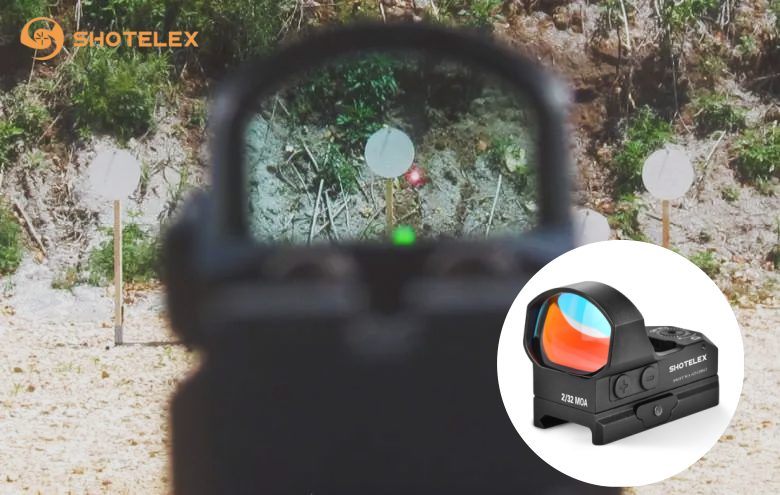
How To Balance Weight And Portability?
Walking in the wild with a gun on one’s back for a whole day or fighting continuously on the sports field for several hours, the weight of the scope becomes a headache. If it’s too heavy, not only will your shoulders ache, but it will also affect your performance.
1-6 times red dot scope:
The 1-6x red dot sight stands out for its simple structure. Many of them are made of lightweight materials and feel light and comfortable when held in hand. Whether it’s tactical assaults or hunting on foot in the jungle, carrying it for a long time won’t be too tiring. However, there are also some high-end models whose weight will increase to ensure optical performance. So when making a purchase, one should carefully examine the product parameters.
3-9x traditional optical sight:
High-end 3-9x traditional optical sight, with outstanding optical performance, is favored by professional shooters. However, its complex optical structure determines that it will not be too light in weight. Holding a gun for a long time can easily cause the arm to get sore. If one needs to move frequently to shoot, it will be even more strenuous.
How to choose? If you need to frequently run and change positions when shooting in your daily life, then choose a 1-6x red dot scope to reduce the burden. If your range of motion is relatively fixed and you are determined to pursue high precision, it is worth bearing more weight.
Environmental Adaptability: Which One Is Stronger?
Different lighting conditions and bad weather can all affect the performance of the scope. Under the strong sun, the sight reflects light and the target cannot be seen clearly. In the evening, it was pitch-dark around and there was no target to be found. At this point, the environmental adaptability of the scope becomes crucial.
Red Dot Scope Zoom
The Red Dot Scope Zoom model has a thoughtful design – brightness adjustment. Under the scorching sun, increase the brightness of the red dot and you can see it clearly. In a low-light environment, even if the brightness is reduced, the eyes won’t be dazzled. Some models can also be used in conjunction with night vision devices, making night shooting no problem at all. However, in case of extreme weather such as heavy rain or sandstorms, the red dots can easily be obscured by rain or sandstorms, or reflect light, which affects the observation effect.
Traditional Optical Sight
The high-quality lenses of traditional optical sights perform exceptionally well in terms of light transmittance. It can also provide a relatively clear view when there is insufficient light. Models with good sealing performance are less likely to be affected even in rainy or snowy weather. However, its shortcomings are also quite obvious. It lacks the function of actively adjusting the light source, and it is prone to reflection in strong light. At night, if it is not paired with an auxiliary light source, it is basically at a loss.
How to choose? If you often shoot in strong outdoor light, the Red Dot scope zoom model can help you handle it with ease. If you are more often seen in low-light environments or indoors, traditional optical sights combined with auxiliary light sources can also demonstrate powerful capabilities.
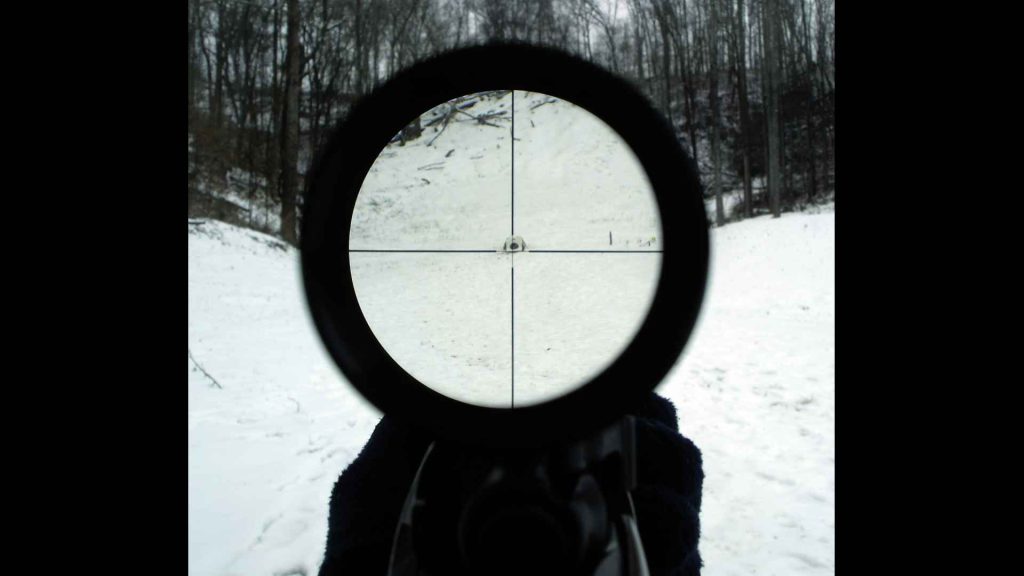
Final Suggestion: There Is No Best, Only The Most Suitable
By now, I believe you have a clear idea in your mind. In fact, there is no absolute distinction of good or bad between the Red Dot scope zoom model and the traditional optical scope. The key lies in your actual needs: Do you often participate in hunting, tactical shooting, or do you prefer to practice at the shooting range? How wide is the range of motion and what is the load-bearing capacity when shooting in daily life? How much is the budget? Only by taking all these factors into consideration can one choose the one that suits them best.

